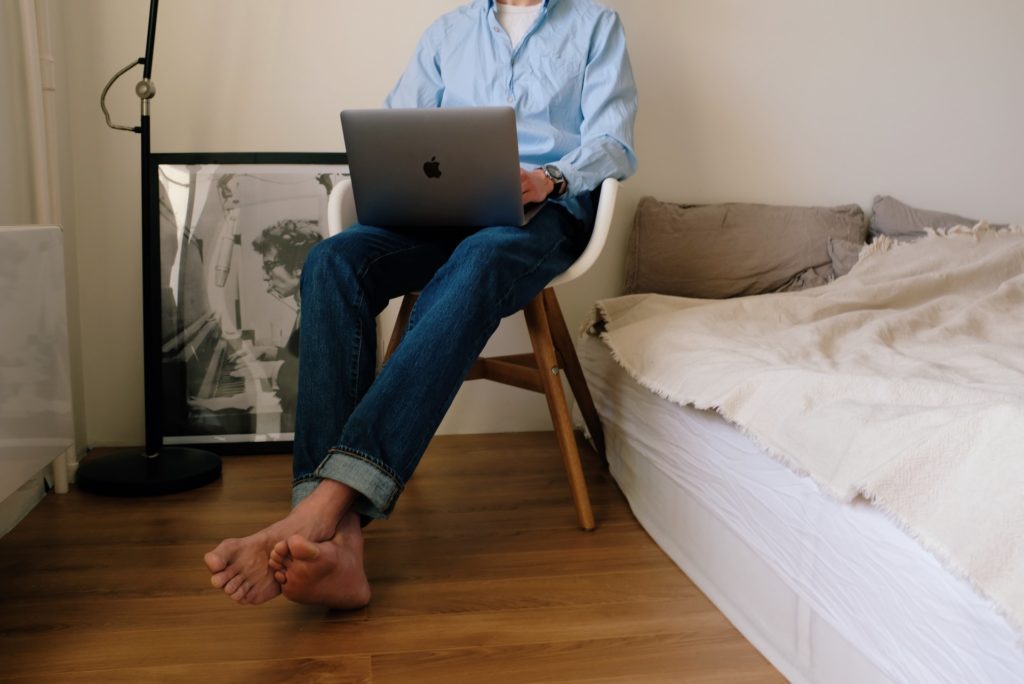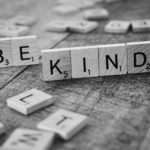
By Yvonne Milosevic
Dress for success. The clothes make the man. Dress for the job you want, not the one you have. You can never be overdressed or overeducated.
As those popular sayings suggest, a smart dresser will likely go farther in life than a sweatsuited slob. Until recently, it seemed our sartorial selections only affected how others perceive us. Now, we’re learning that what we wear can actually affect how we think and behave. A measurable biological change happens when we put on an outfit that makes us feel like a million bucks. And the technical term for this is “enclothed cognition.”
In 2012, b-school researchers Adam Galinsky and Hajo Adam coined the term to describe the systematic influence that clothes have on the wearer’s psychological processes. (This short video sums up the concept nicely.)
Clothes are interesting, says Galinsky, because they simultaneously communicate information to yourself and to other people.
“The clothes we wear seep in to our own cognition, through our own psychological force, but also impacts us through interpersonal constraints or opportunities people give us on our clothes.”
Similarly, a 2015 paper published in the journal Social Psychological and Personality Science showed that clothing choices influenced performance on cognitive tests. The researchers asked some participants to wear casual clothes and others to wear business attire while taking an intellectual test.
The dressier participants performed much better, particularly on creative and organizational tasks. Wearing business clothes also increased abstract thinking—an important aspect of long-term strategizing.
The takeaway for all of us? We should suit up if we want to become the big-ideas person at the office.
How Enclothed Cognition Affects Shopping Choices
Keisha Cutright, a marketing professor at Duke Fuqua School of Business, co-authored the paper, “The Aesthetics We Wear: How Attire Influences What We Buy.” In it, she describes how what we wear can affect our purchasing decisions.

Shoppers in dressier clothing, such as a dress or blazer, bought nearly 18 percent more items than shoppers in casual outfits, such as T-shirts and flip-flops. Well-dressed shoppers also spent about 6 percent more money than casually dressed shoppers.
When you look sharp, you have more social confidence, Cutright explains. This reduces the anxiety people have about making decisions.
The study did find one environment where well-dressed shoppers spent less than their casual peers. This happened in counterculture stores such as Hot Topics and Zumiez, the paper notes. Because those stores embody an alternative aesthetic, Cutright believes dressier shoppers didn’t feel the same confidence as in mainstream stores.
Does Our ‘Fit Still Matter in the Age of Zoom?
The pandemic ushered in a new work-from-home dress code basically summed up as the Zoom shirt. You know, the “shirt or blouse that’s kept on the back of your desk chair to quickly be presentable for video conferences,” as per Urban Dictionary. That made us wonder whether enclothed cognition still has an effect when we work remotely.

It’s a question Galinsky is currently pondering with two doctoral students at Columbia Business School. Their focus is on the phenomenon of wearing something dressy above the waist and sweats or shorts below screen level for video calls.
“Is there actually an inauthenticity cost or benefit for the fact that we often have these dualistic outfits, and what is that difference, how does that affect people?,” Galinsky asks in the Wall Street Journal.
“Maybe it can make people feel inauthentic. Or maybe it will feel like people have a little secret and that can be kind of a motivating thing, that they’re doing something other people don’t know about.”
Wearing full-on formal clothes for Zoom meetings feels like overkill for most of us. But there is something to be said for making a little effort to look put together during the workday. Those morning rituals and routines from yesteryear (which include changing out of PJs) go a long way toward helping us stay productive and calm in a chaotic world.


